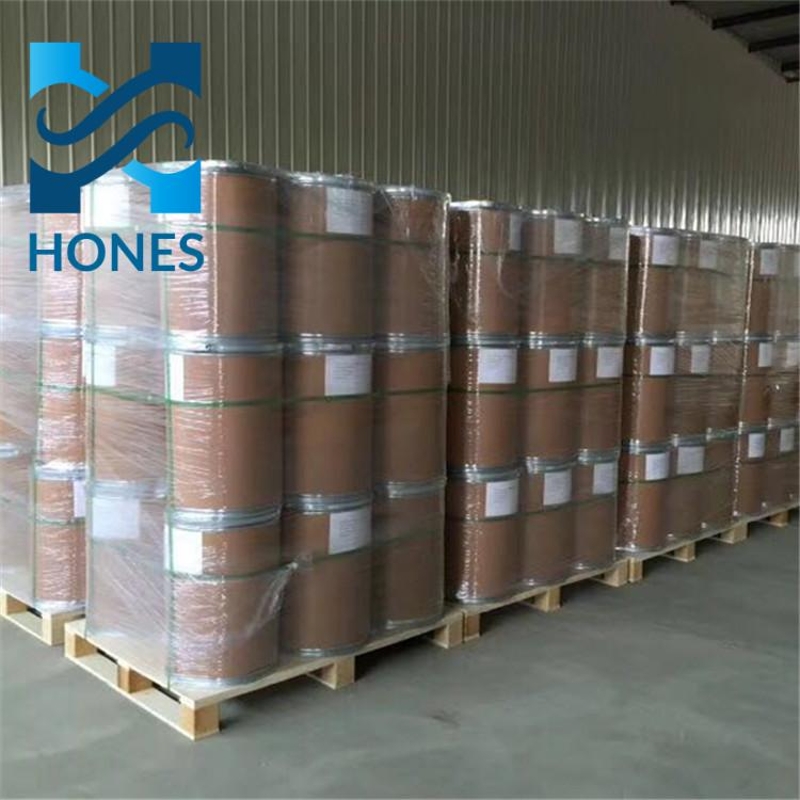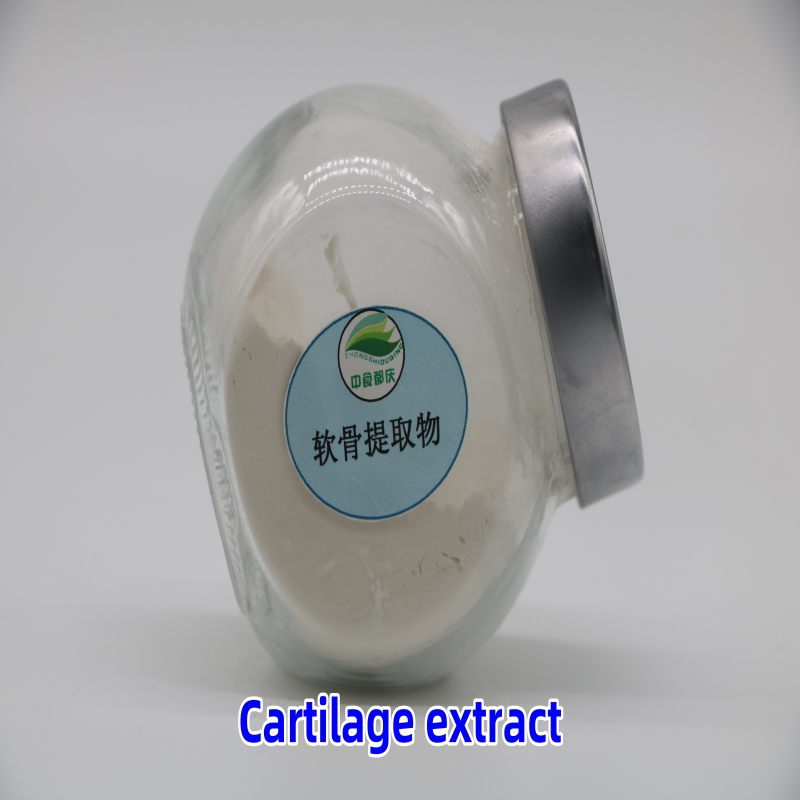-
Categories
-
Pharmaceutical Intermediates
-
Active Pharmaceutical Ingredients
-
Food Additives
- Industrial Coatings
- Agrochemicals
- Dyes and Pigments
- Surfactant
- Flavors and Fragrances
- Chemical Reagents
- Catalyst and Auxiliary
- Natural Products
- Inorganic Chemistry
-
Organic Chemistry
-
Biochemical Engineering
- Analytical Chemistry
-
Cosmetic Ingredient
- Water Treatment Chemical
-
Pharmaceutical Intermediates
Promotion
ECHEMI Mall
Wholesale
Weekly Price
Exhibition
News
-
Trade Service
On July 27, an experimental safety accident occurred in the School of Pharmacy of Sun Yat-sen University
On the same day, the School of Pharmacy of Sun Yat-sen University issued a notice stating that the laboratory exploded while cleaning up the unknown white solid left by the graduates in the flask when a doctoral student was washing it with water
Subsequently, the student has been sent to the hospital for treatment
As of July 29, there have been three laboratory safety accidents that have been reported publicly
Prior to this, on the morning of July 24, an explosion occurred in the chemical laboratory of Jiangxi Opto Industrial Co.
It is reported that the explosion was caused by improper operation by experimenters in the chemical laboratory
Earlier (July 13), a fire broke out in a laboratory of Southern University of Science and Technology
On the same day, the official website of Southern University of Science and Technology issued a notice stating that a postdoctoral researcher who caught fire at the scene was diagnosed with minor burns.
University laboratories are "gunpowder barrels" piled up with many potential safety hazards, such as flammable and explosive materials, highly toxic drugs, and radioactive materials
The laboratory exploded, it's really not a joke
Case review
Any hidden danger in the laboratory, any small negligence, may lead to major accidents and cause incalculable losses.
On September 21, 2016, an explosion occurred in a laboratory of the School of Chemistry, Chemical Engineering and Biological Engineering of Donghua University in Songjiang University Park.
At around 16:30 on June 17, 2015, the laboratory on the second floor of the Physics Building of Soochow University exploded while processing lithium blocks.
At 10 o'clock on December 18, 2015, an explosion occurred in the laboratory of the Department of Chemistry of Tsinghua University.
Tsinghua laboratory exploded view
On the morning of April 29, 2015, the laboratory of Zhuxianzhuang Mine Middle School of Huaibei Mining Bureau of Anhui Province suddenly exploded, and the accident caused 3 teachers to be injured
At noon on April 5, 2015, an explosion occurred in a laboratory of the School of Chemical Engineering, China University of Mining and Technology in Xuzhou, resulting in 5 injuries and 1 death
At around 9 am on April 30, 2013, an accidental explosion occurred during the demolition of an abandoned laboratory in Nanjing University of Science and Technology.
At around 11 am on December 7, 2011, a female student in Nankai University had an accident while doing a chemical experiment and severely injured her hand
.
There are mainly the following types of chemical laboratory accidents
Corrosion and burn accidents
Strong alkalis, strong acids, and some highly corrosive substances react violently with water or other chemical substances, and most of them produce highly corrosive smoke.
Inhalation of dust and smoke can cause serious damage to the human respiratory system
.
Welcome to pay attention to the news of Chemistry.
At the same time, contact with skin or exposed local organs such as strong alkalis, strong acids and some toxic reagents can also cause local damage to the human body.
Failure to handle them in time may often cause tissue or organ necrosis and leave scars
.
Burns are the most common accident during chemical experiments
.
For example: splashing of chemicals such as alkali metals, bromine, phosphorus, concentrated alkali, concentrated acid, or other irritating substances into the eyes will cause burns; acid splashing on the skin will cause skin burns, such as hydrofluoric acid It can corrode bones and nails, and can cause incurable burns when dripped on the skin
.
Fire and explosion accidents
Most of the larger chemical laboratory accidents are fire accidents, which are largely related to the characteristics of the chemical laboratory
.
Chemical substances produced during storage and experimentation in chemical laboratories are mostly flammable.
These substances are likely to catch fire when encountering a fire source.
Due to the large amount of volatile combustible substances, especially organic solvents, they are also easy to cause fire or fire.
One of the most common accidents in the United States is that organic solvents usually have strong volatility, and the volatilized vapor can drift to a far place.
If it comes into contact with a fire and burns along the vapor, it will cause the liquid to catch fire
.
Explosive accidents are mostly related to fire accidents, especially in organic chemistry experiments, some explosive and flammable substances or their mixtures are commonly used.
When these substances suddenly explode under the action of certain pressure and heat, causing an explosion
.
In addition, some electrical equipment and lines are aging and outdated, and there are hidden dangers of accidents, so that inadvertent leaks of explosive and flammable materials may explode when exposed to fire
.
Welcome to pay attention to Chemistry News
.
Poisoning accident
Almost all chemicals used in chemical laboratories have certain toxicity.
A little carelessness may cause poisoning accidents
.
Poisoning accidents can generally be divided into two categories: chronic poisoning and acute poisoning.
Chronic poisoning is generally not easy to attract attention.
Many symptoms appear only after the poisoning has accumulated to a certain degree, usually several days or months, and some Even several years later
.
Symptoms of poisoning are difficult to detect.
Most of them are irritability, insomnia, memory loss, mood disorders, etc.
, and they usually decline before old age and die prematurely
.
Acute poisoning is usually caused by accidental ingestion, inhalation, or absorption of toxic substances on the body
.
Misfeeding is generally when the experimenter eats and drinks in the laboratory, uses the refrigerator to store food in the laboratory, or leaves the laboratory without performing personal hygiene in time
.
Inhalation of poisons is the most common way of taking drugs.
Toxic substances in chemical laboratories can be inhaled in the form of gas, vapor, dust, smoke, etc.
, in addition to body inhalation
.
Toxic substances can also be absorbed by the skin in the form of gas and liquid, causing skin injury
.
Be wary of flammable and explosive materials in the laboratory
Explosive drugs: Sodium azide, pentaerythritol tetranitrate (Taian), nitroglycerin mixed explosive (colloid explosive), trinitrophenol (picric acid), cyclotrimethyltrinitramine (racine)
.
Liquid nitrogen: An increase in temperature or a decrease in pressure can cause an explosion
.
Carbon dioxide, nitrogen, etc.
, must be stored in a pressure-resistant steel cylinder.
Once the cylinder is heated, the pressure in the cylinder increases, and there is a danger of combustion and explosion
.
A large amount of flammable and explosive gases such as hydrogen, acetylene and other hydrocarbon gases, coal gas and organic vapors escape into the air in large quantities, which can cause deflagration
.
Metal potassium, sodium, and white phosphorus are prone to explosion when exposed to fire
.
Flammable in contact with water: potassium, sodium, lithium, lithium hydride, sodium hydride, lithium aluminum tetrahydride, sodium aluminum hydride, calcium phosphide calcium carbide (calcium carbide), aluminum carbide, potassium amalgam, sodium amalgam, potassium sodium alloy, Magnesium aluminum powder and so on
.
Some self-explosive compounds, such as nitrates, nitrate esters, nitrogen triiodide, aromatic polynitro compounds, acetylene and its heavy metal salts, diazonium salts, azides, organic peroxides (such as peroxide Diethyl ether and peroxy acid), etc.
, will explode when heated or knocked
.
Strong oxidants will react violently when they come into contact with some organic compounds, such as ethanol and concentrated nitric acid
.






